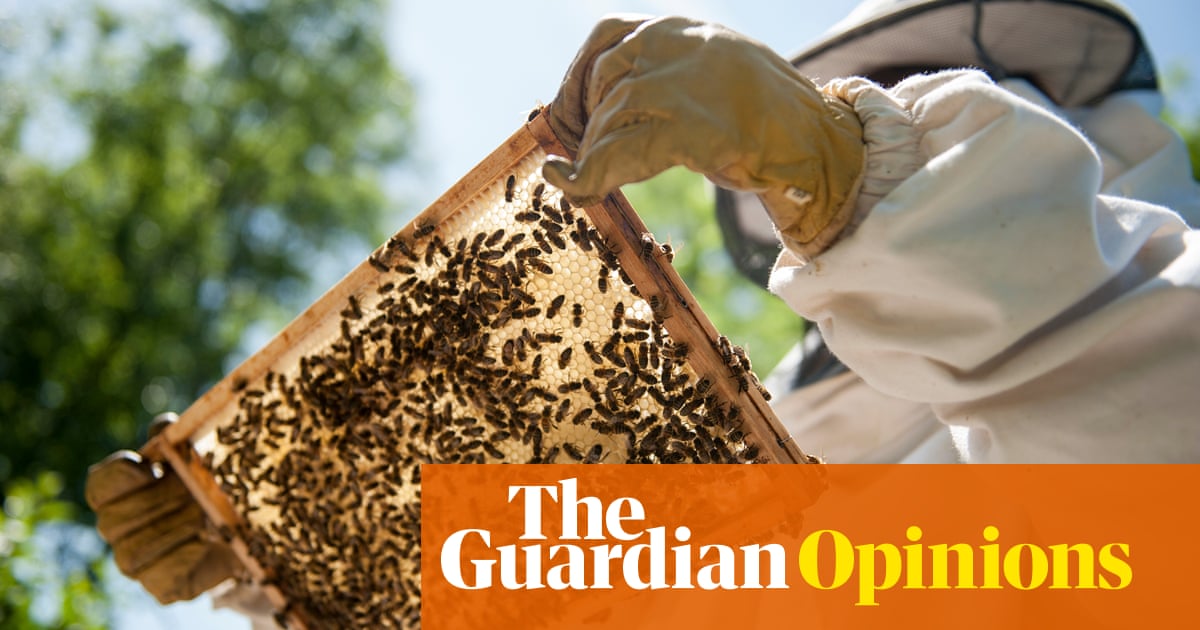I took up urban beekeeping more than a decade ago with the best intentions. I wanted to help to save bees from the many threats they faced in the countryside – the modern farming practices that douse crops in toxic pesticides and rob bees of wildflower meadows. My small back garden filled with bee-friendly flowers seemed like a paradise in comparison.
But what I didn’t know was that by keeping bees I would only be helping one species of bee – the domesticated honeybee, which doesn’t really need saving – and possibly harming others.



This is the best summary I could come up with:
The overwhelming majority are solitary, which means that the female bee nests alone in nooks and crannies or makes underground burrows in which to lay her eggs.
These solitary bees, along with bumblebees – the plump, densely haired ones that seem to defy aerodynamics – are all wild insects, which puts them at much greater peril from habit loss than the mollycoddled honeybees we give hives to live in.
They are also capable of foraging much further than other bees, and have devised an ingenious waggle dance to communicate to their fellow workers the directions and distance to an abundant source of food.
In Munich, an increase in hives in the surrounding area reduced the number of wild bees recorded between May and July in the city’s botanical garden.
Although we don’t know the exact number of hives in our towns and cities because registration isn’t mandatory, it is estimated that there could be more than 50 for every square kilometre in some parts of London.
If you want to help a variety of bees, the best way is to plant flowers that bloom sequentially from early spring to late autumn – even if you only have a window box or pots on a patio.
The original article contains 958 words, the summary contains 205 words. Saved 79%. I’m a bot and I’m open source!